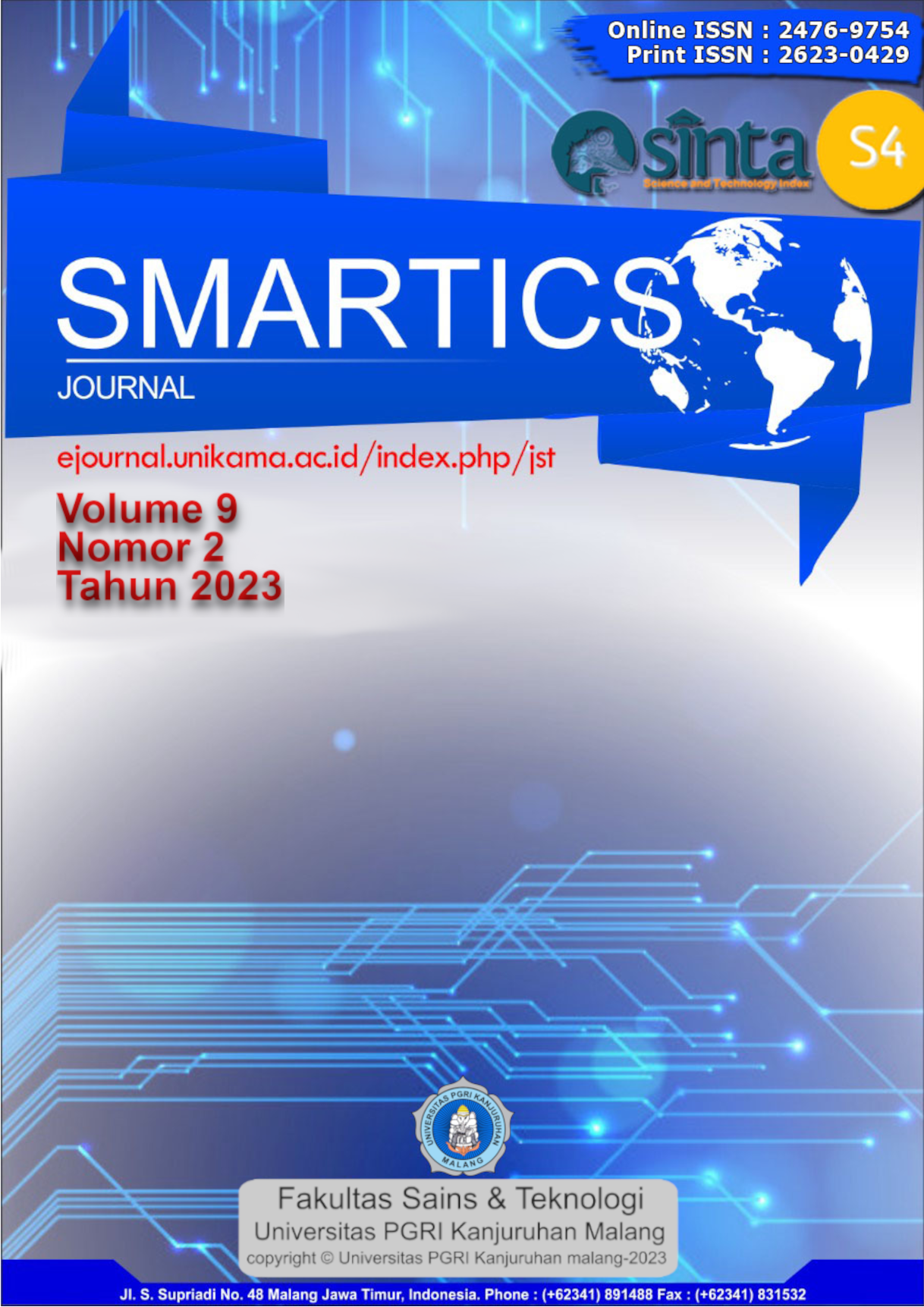Penerapan Data Mining untuk Klasifikasi Penyakit Demam Berdarah Dengue (DBD) dengan Metode Naïve Bayes (Studi Kasus Puskesmas Taman Krocok)
DOI:
https://doi.org/10.21067/smartics.v8i1.7375Abstract
Dengue Hemorrhagic Fever (DHF) is an infectious disease caused by the bite of Aedes aegypti and Aedes albopictu mosquitoes (Kinansih at all, 2020). This Aedes mosquito is one of the mosquitoes that is widespread in the territory of Indonesia, with the exception of areas that are at an altitude that exceeds one hundred meters above sea level.The Puskesmas Taman Krocok is located in the east of Bondwoso city, where every year during the rainy season there are many patients affected by dengue fever due to lack of counseling from the health department where the location under review is almost at the foot of the mountain, so the potential for dengue fever is very fast. .The researcher will carry out the classification process using Naïve Bayes which acts as a feature selection on the data obtained from the Taman Krocok Health Center. From the problems that have been described above, the researchers raised the title of Application of Data Mining for Classification of DHF with the Naïve Bayes Method (Case Study of Puskesmas Taman Krocok). Researchers hope that this classification process can help in handling dengue fever, especially at the Puskesmas Taman Krocok.

Downloads
Published
How to Cite
Issue
Section
License

This work is licensed under a Creative Commons Attribution-ShareAlike 4.0 International License.






